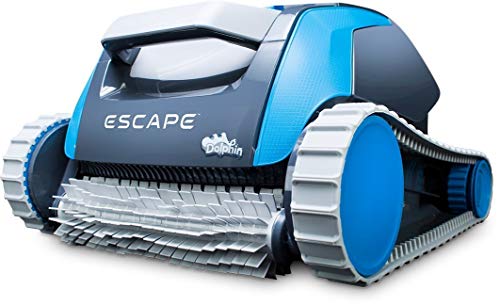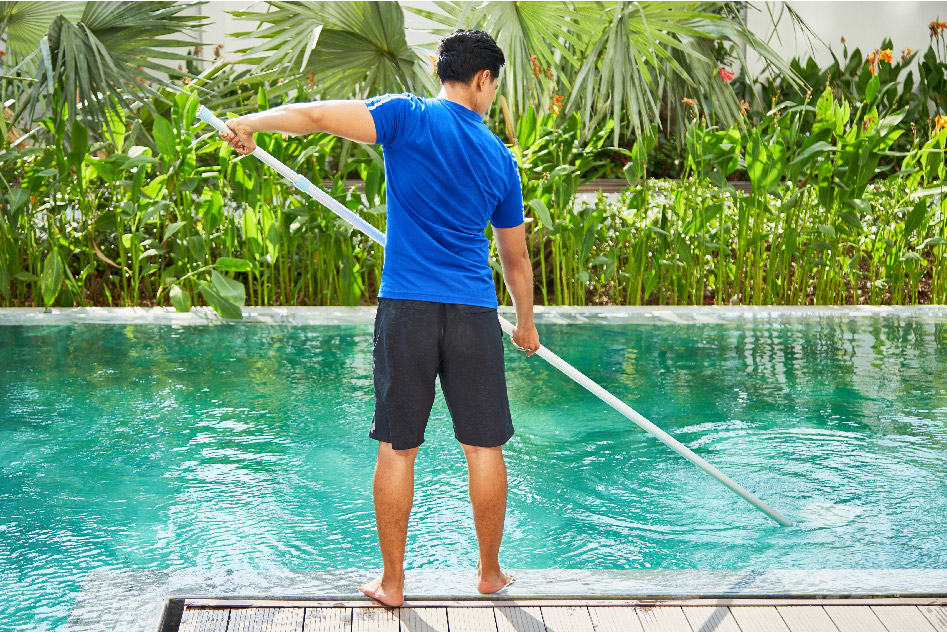
A Comprehensive Guide to Pool Vacuums: Types, Functionality, and Usage
Exploring Different Types of Pool Vacuums, How They Operate, and Best Practices for Optimal Pool Cleaning
Introduction
Maintaining a clean and debris-free swimming pool is essential for a healthy and enjoyable swimming environment. Pool vacuums play a crucial role in removing dirt, leaves, and other debris from the pool floor and walls. In this article, we will discuss different types of pool vacuums, how they work, how to use them, and how often to use them for optimal pool cleaning.
Types of Pool Vacuums
- Manual Pool Vacuums: Manual pool vacuums are handheld devices that require the user to manually maneuver the vacuum head along the pool’s surfaces. They are typically connected to a telescopic pole and use the pool’s filtration system to collect debris.
- Suction-Side Pool Cleaners: Suction-side pool cleaners connect to the pool’s skimmer or dedicated suction line and utilize the pool’s pump to create suction. As the cleaner moves around the pool, debris is sucked up and sent to the pool’s filter.
- Pressure-Side Pool Cleaners: Pressure-side cleaners connect to the pool’s return line and use water pressure from the pool pump to propel the cleaner around the pool. These cleaners typically have their own debris collection bag, reducing the load on the pool’s filtration system.
- Robotic Pool Cleaners: Robotic pool cleaners are self-contained, automated units that use an internal electric motor to move around the pool. They have built-in filtration systems and can be programmed to clean specific areas or run on a schedule.
How Pool Vacuums Work
- Manual Pool Vacuums: Manual vacuums rely on the user to physically move the vacuum head across the pool surfaces. They use the suction power of the pool’s pump to collect debris, which is then captured in the pool’s filter.
- Suction-Side Pool Cleaners: These cleaners use the pool’s pump suction to move around the pool, collecting debris as they go. The debris is sent through the hose and into the pool’s filtration system.
- Pressure-Side Pool Cleaners: Pressure-side cleaners use water pressure from the pool pump to propel the cleaner and create a venturi effect, which lifts debris into the cleaner’s collection bag.
- Robotic Pool Cleaners: Robotic cleaners use an internal electric motor to move and a built-in pump to create suction. The debris is collected in an internal filter bag or cartridge, which can be easily removed and cleaned.
How to Use Pool Vacuums
- Manual Pool Vacuums: Connect the vacuum head to a telescopic pole and the vacuum hose to the pool’s skimmer or dedicated vacuum line. Submerge the vacuum head, allowing it to fill with water before starting the pool pump. Carefully guide the vacuum head along the pool’s surfaces, ensuring thorough coverage.
- Suction-Side Pool Cleaners: Connect the cleaner to the pool’s skimmer or suction line and adjust any flow control valves or settings as needed. Turn on the pool pump and allow the cleaner to move around the pool, ensuring it covers all areas.
- Pressure-Side Pool Cleaners: Connect the cleaner to the pool’s return line, attach the debris collection bag, and turn on the pool pump. Adjust any pressure settings or flow control valves as needed to optimize cleaner performance.
- Robotic Pool Cleaners: Place the robotic cleaner in the pool, ensuring the power cable is properly connected and secured. Program the cleaner’s settings or schedule, then turn it on and allow it to clean the pool.
How Often to Use Pool Vacuums
The frequency at which you should use your pool vacuum depends on various factors, such as the amount of debris, pool usage, and the surrounding environment. Here are some general guidelines:
- Manual Pool Vacuums: Manual vacuums should be used as needed, based on the amount of debris in the pool. For pools surrounded by trees or in areas prone to dirt and debris, it may be necessary to vacuum once or twice a week. For less debris-prone areas, vacuuming every two weeks or monthly may be sufficient.
- Suction-Side Pool Cleaners: Suction-side cleaners can be used more frequently, as they require less manual effort. Running the cleaner every other day or a few times a week can help maintain a debris-free pool environment.
- Pressure-Side Pool Cleaners: Similar to suction-side cleaners, pressure-side cleaners can be used every other day or a few times a week to maintain a clean pool.
- Robotic Pool Cleaners: Robotic cleaners offer the convenience of automated cleaning on a schedule. Setting the cleaner to run every day or every other day can help maintain a consistently clean pool without much effort.
Conclusion
Pool vacuums are essential tools for maintaining a clean and healthy swimming environment. By understanding the different types of pool vacuums, their functionality, and how to use them effectively, pool owners can optimize their cleaning routine and enjoy a well-maintained pool. Whether you choose a manual vacuum, a suction-side or pressure-side cleaner, or a robotic cleaner, regular use and proper maintenance will help prolong the life of your pool vacuum and ensure a clean and inviting pool for years to come.




